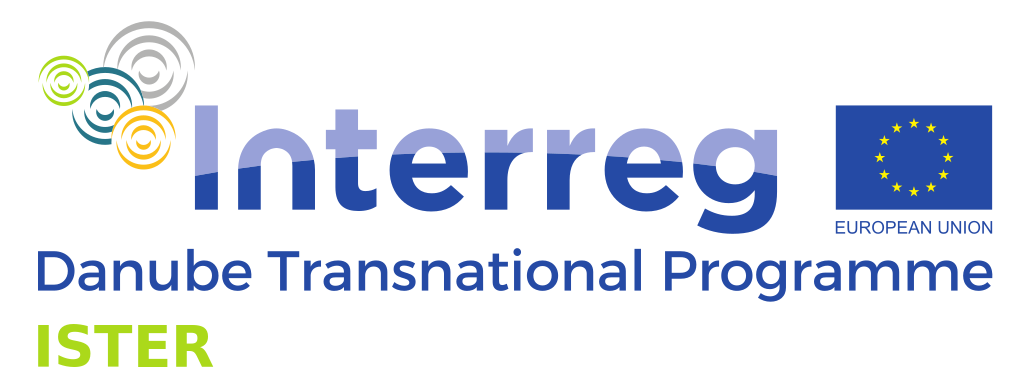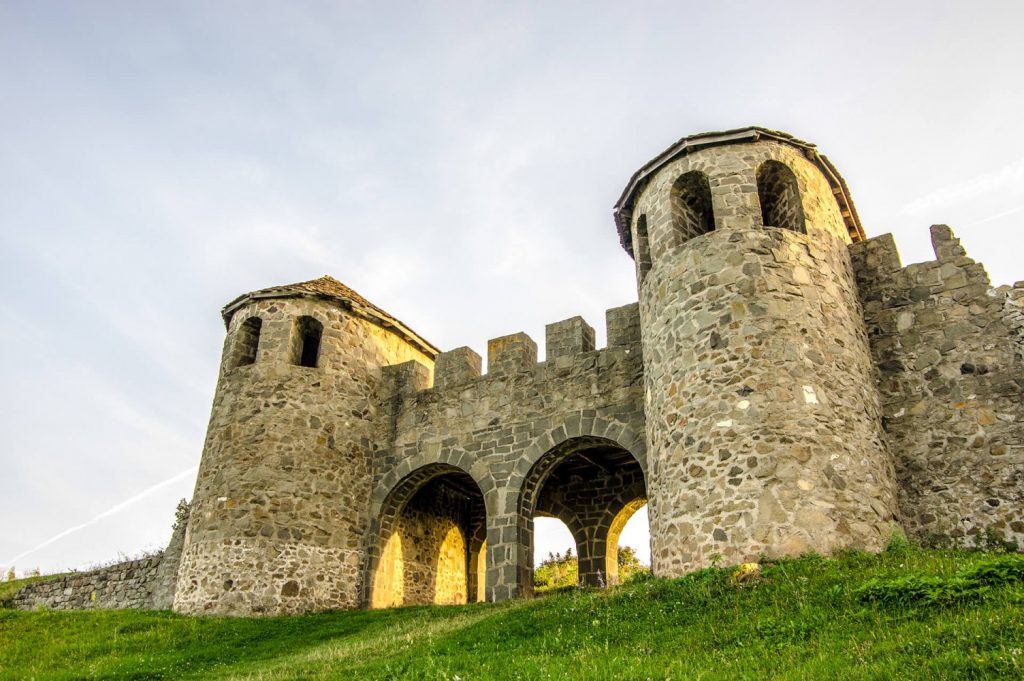Project title: ConnectIng hiSTorical Danube rEgions Roman routes
DTP Project Acronym: ISTER
Programme priority: Priority 2
Programme priority specific objective: SO 2.2 Foster sustainable use of natural and cultural heritage and resources
Name of the lead partner organization: National Museum for the History of Transylvania
Project duration: 30 months (01.07.2020 – 31.12.2022)
Project budget: 2,067,958.95 EUR of which by financing sources:
Source 1- European Regional Development Fund ERDF: 1,957,158.95 EUR
Source 2- Instrument for Pre-Accession Assistance IPA II: 110,800.00 EUR
Source 3- European Neighborhood Instrument (ENI-MD / ENI-UA): 0.00 EUR
Project web page & social media channels: http://www.interreg-danube.eu/approved-projects/ister
Facebook: @InterregISTER (https://www.facebook.com/InterregISTER)
Twitter: @InterregISTER (https://twitter.com/InterregISTER)
Linkedin: https://www.linkedin.com/in/interreg-ister-2610741b7/
ISTER project firstly addresses the challenge of Roman heritage discontinuity, which reflects both in a territorial dimension related to a low level of investment and connection between heritage resources and local/ regional productive sectors, as well as in the attractiveness dimension regarding the promotion and awareness raising on the importance of heritage resources as drivers for regional development. ISTER project’s vision is based on the assumption that the Roman Routes represent a contiguous transnational element that passes DR states’ borders and provides a relevant scale for exchange and joint development, thus stepping further the isolated/ detached Roman settlements heritage.

Main objective
ISTER’s main objective focuses on rediscovering and revitalizing the ancient Roman Roads Network along the DR as a key driver in promoting territorial development based on sustainable use of cultural and natural heritage (specifically, Roman routes). ISTER promotes this Roman roads and settlements network as a catalyst for touristic development, as well as an opportunity for territorial competitiveness and sustainable growth of Danube crossed-regions. To increase local attractiveness, ISTER is leveraging on three key assets:
- Adopting a multi-layered governance chain aimed at strengthening knowledge framework and institutional capacities of DR actors through capacity building and collective knowledge mapping;
- Using advanced tools and technologies for enhancing non-physical accessibility, visibility and valorisation of Roman routes and settlements network, laying the foundation for a thematic cultural route based on Roman heritage with a narrative function, reviving ancient assets and promoting non-renewable and fragile, but yet unexplored and unexploited Roman legacy;
- Acquiring the shift from old policy approaches (protection through isolation) to new, integrative methods for improving the policy and regulatory framework in Danube crossed-regions.
Specific Objectives
Extending the current knowledge framework through a shared and documented database of the Roman network of Routes and Settlements along DR;
Design new tools for enhancing physical and non-physical accessibility, visibility and valorisation of Roman routes and settlements network;
Building capacities of DR multi-level stakeholders and articulating the regulatory framework conditions through policy integration measures.
The main expected results of the project
• Aligning policy and regulatory framework at three levels: policy integration (horizontally, vertically and territorially), policy design and policy communication (diffusion to a wider group of stakeholders) and increasing multi-level actors’ capabilities and skills (targeting civil servants, practitioners, entrepreneurs) to support inter-institutional dialogue in the realm of Roman heritage protection and valorisation.
• Advancing ISTER findings to local authorities and policy-makers in charge of cultural heritage, which in return should put ISTER recommendations into regional tourism policies and territorial development plans (including the limits of Roman routes as protected areas in the regulatory urban plan of the localities), based on the GIS-based Atlas recommendations.
• Building a common and shared narrative around the former name of Danube River (Ister) and reviving the immaterial heritage of Roman routes and settlements network at DR level, resulting: 1 GIS-based territorial Atlas, 1 Interactive digital tool, 1 common branding strategy for the eco-cultural Roman Route promotion (both physically and mentally).
IMPLEMENTATION OF ISTER PROJECT
During the project implementation, URBASOFIA is responsible for the WP_T2 package (Joining, Activating & Tutoring), more precisely for the coordination of the following activities:
- A.T2.1 Stakeholder’s identification and analysis
- D.T2.1.1 Methodological framework for Stakeholders engagement;
- D.T2.1.2 Stakeholders Chain Map.
- A.T2.2 Preparation of Capacity Building workshops: Definition of training and capacity building guidelines and format
- D.T2.2.1 Cross-learning Modules Toolkit: ToR and methodology.
- A.T2.3 Delivery of local Capacity building workshops (CBW)
- D.T2.3.1 Local CBW for MLSG_Module 1: Roman Route heritage as a driver for touristic, local/regional development;
- D.T2.3.2 Local CBW for MLSG_Module 2: Roman Route heritage as an enabler for policy and regulatory framework;
- D.T2.3.3 Local CBW for MLSG_Module 3: Roman Route heritage as a means for exchange and collaboration.
Besides its role as WP leader, URBASOFIA is involved in the project as knowledge provider (for WP_T1 Baseline screening and policy framework and WP_T4 Exploitation and long-lasting effects) and facilitator of the implementation process for the involved territorial and thematic partners, respectively cities and museums (WP_T3 Mapping and promoting Roman network of routes and settlements and WP SSI Small-scale investment). Working closely with the Lead Partner (the National Museum of Transylvanian History), URBASOFIA is involved in project management and communication activities as well.

ISTER MEETING & EVENTS
ISTER project (internal) Kick-off meeting
The first meeting of the ISTER project took place on July 16, online, bringing together 30 participants from 9 partner countries: Romania (having as partners the National Museum of History Transylvania, the Alba Iulia Municipality and URBASOFIA), Bulgaria, Hungary, Slovenia, Austria, Bosnia and Herzegovina, Serbia, Germany and Italy. The event was organized by the National Museum of History Transylvania and URBASOFIA and aimed to introduce all partners to each other and to the project, as well as the next steps to be taken in the development and implementation of the work packages.
16 Partners and 10 Associated Partners put through their energy and knowledge to develop an eco-cultural corridor for pedestrians on the layer of Roman Routes and Settlements, starting from Porolissum (RO/SJ) to the spring of Danube (DE) or simply to the “perpetually beautiful” Rome.
